One of the first Audi models I ever drove was the 80GT. Long before the ‘Four-Rings’ brand had carried out the brand separation from parent Volkswagen; long before the ‘A’ model-naming procedure was contemplated and at a time when Stirling Moss was coaxed out of retirement to compete in an example, this was Audi’s mainstream warmed-over offering.
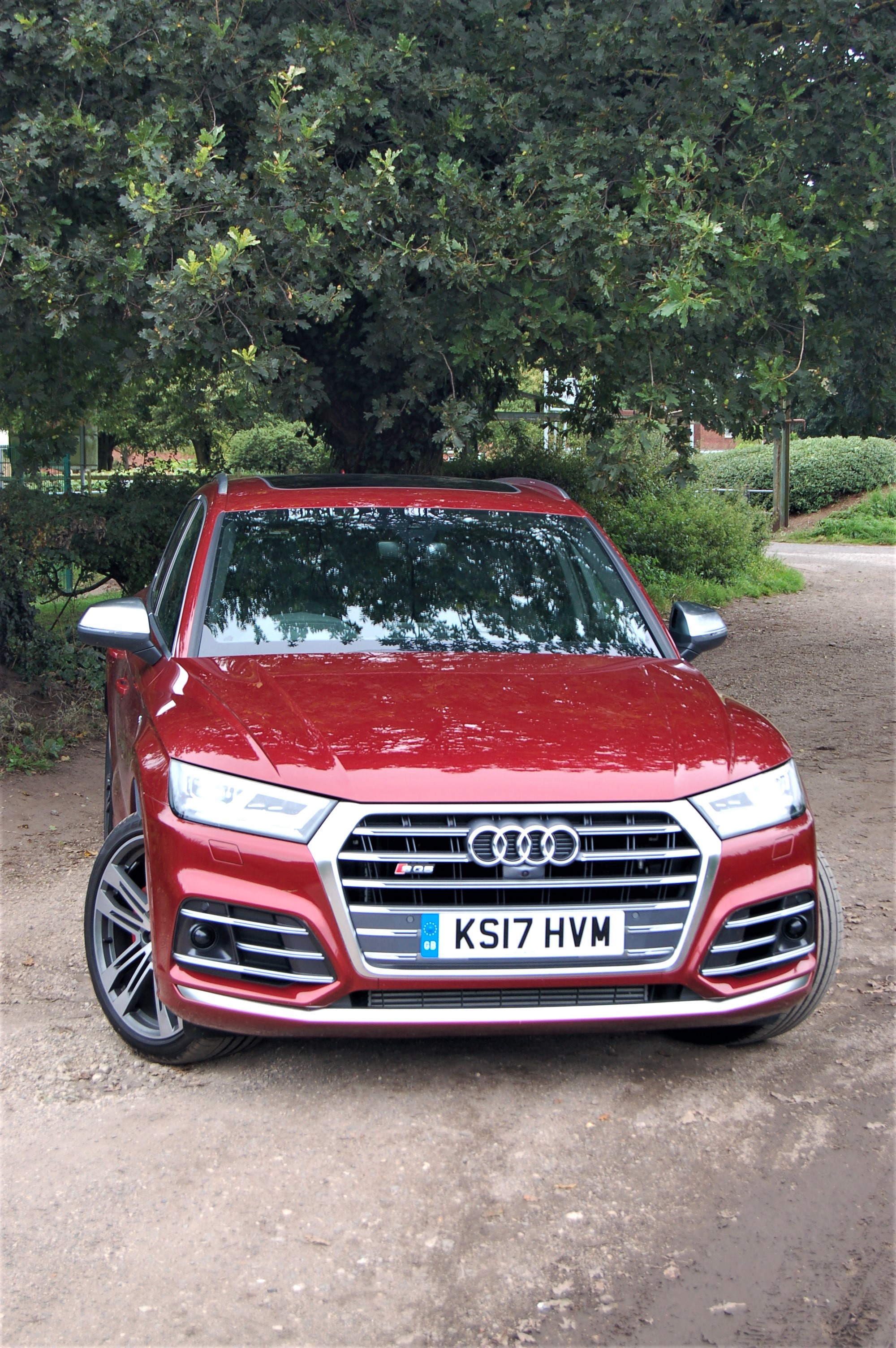
Yet, even Audi would not have foreseen the new car market’s transition…no, that is too soft a word…kairotic moment (much better!), as it has transmuted consumer opinions from agriculturally-biased off-roaders to the now hectic SUV sector, where style can exceed purpose.
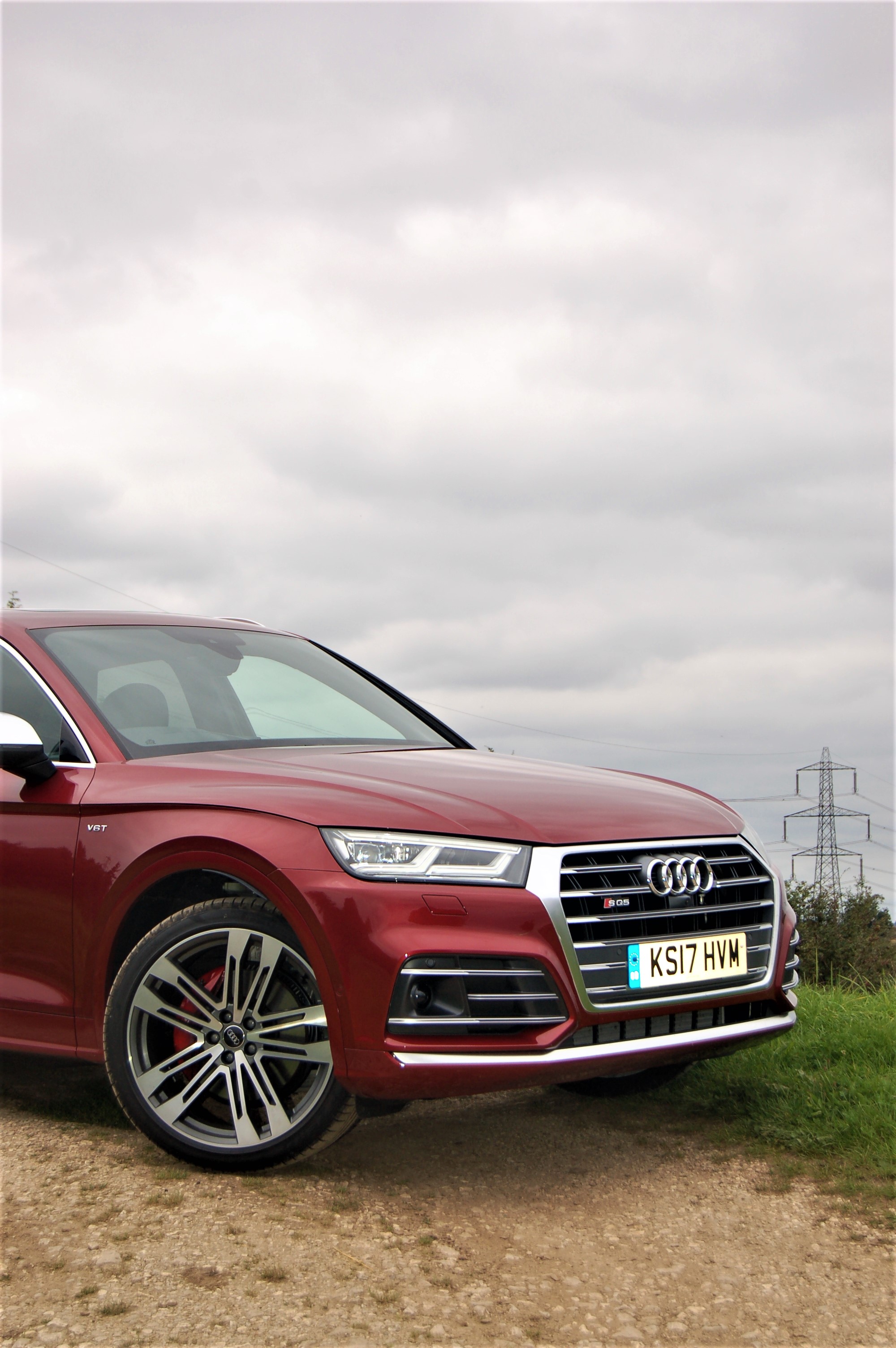
Fortunately, in a trait not solely the premise of Audi, evolutionary styling ensures that an already strong design signature is carried not only from one model to the next in the chain but also across the marque. Audis are eminently recognisable and, thanks to a single-letter (usually attached to a single number) naming policy, almost every observer realises that they have spotted an A1, A2, A3 and so on. Of course, the plan extends to the alternative options and R is applied to the racier numbers, while Q, although representing Quattro, also seems to denote a pursuit of the SUV theme. Factor in an S and that model becomes singularly more focussed, while combining both R and S equates to pulse-racing, palm-sweating, petrol-gulping and life-affirming perpendicular performance statistics that everyone ought to experience at least once in their lifetimes.
Little wonder Audi almost rules the roost in the sector commonly regarded (predominantly by open-shirted North Americans) as ‘premium’. Avoiding the cliché is tough for a Scot, so I shall not do so, instead highlighting that the test car’s £62,405 list price attracts a hefty £1,200 Road Tax and the £55 first registration fee, prior to Motor Source Group discounts being applied. It is a fairly vertiginous fee if hard ackers is the chosen route to ‘ownership’. Ticking the options boxes means that the car’s base price (£49,715) adds £645 for the Matador red paint finish and £1,500 for the 21-inch alloys that also hike-up the petrol CO2 level from 189 to 195g/km, in the process increasing the VED by £400. However, as the SQ5 costs over £40k, its annual road tax bill is not the standard £140 but a massive £450 annually for years two to six. It can be confusing, so speak with your MSG contact for an explanation.
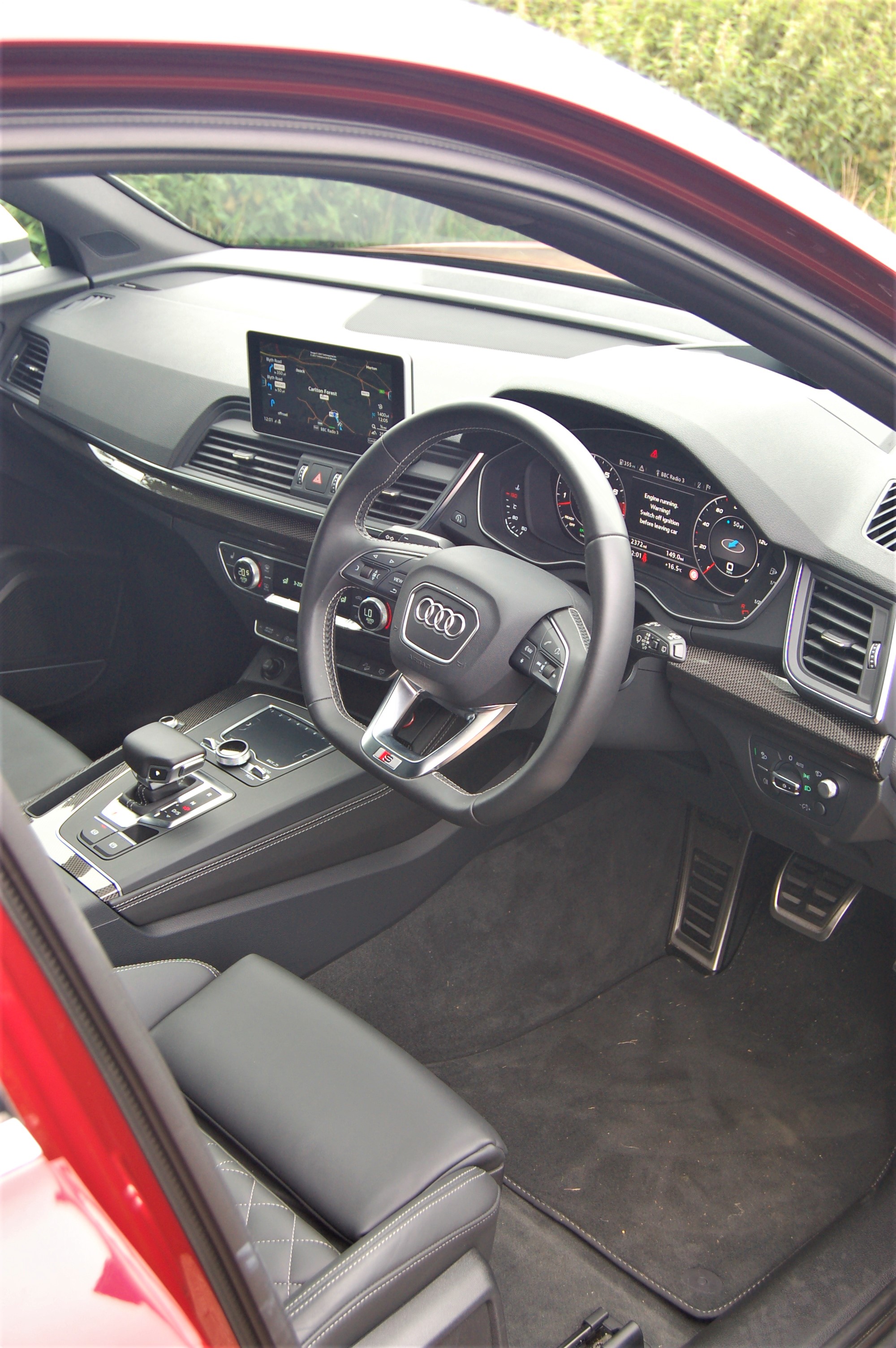
The adaptive air suspension factors in a further £1,000, while the Quattro sport differential is £1,200, head-up display £900, parking assist £1,350, comfort and sound pack £1,295, among an array of items ranging down to a lowly ‘smoking pack’ at £50. Audi knows that most of its customers specify somewhere in the region of £8,500 in an average tick-box exercise, therefore it pays to be aware.
Known for its technological prowess, the 3.0-litre TFSi V6 petrol engine is boosted by a single large turbocharger, which results in a prodigious 369lbs ft of torque, enough to make towing very easy, and 350bhp. This heft delivers a most impressive 0-60mph acceleration time of just 5.1s, the SQ5’s maximum velocity being electronically restricted to 155mph.
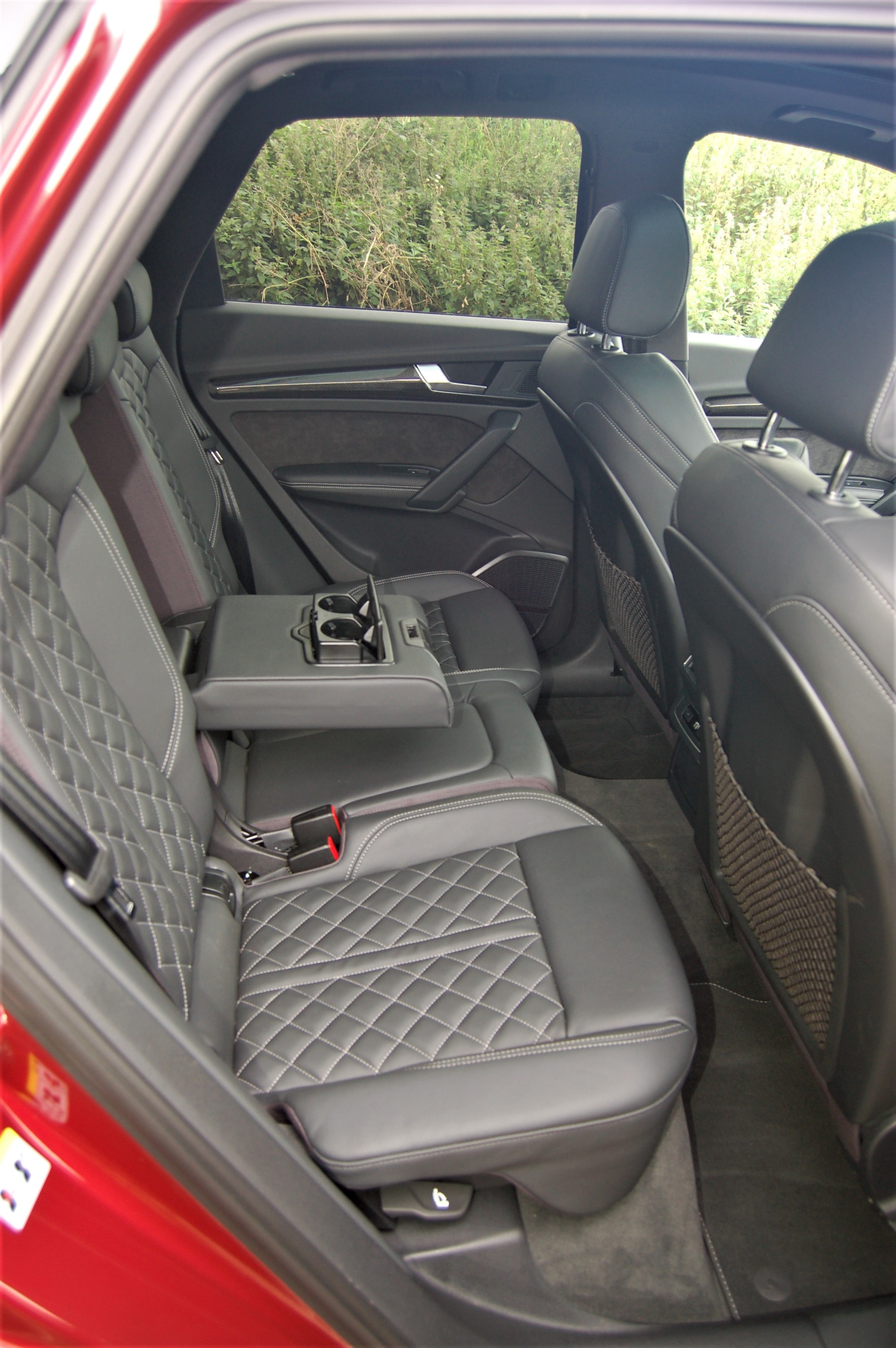
When not showing off to interested passengers, the SQ5’s progress is silky-smooth, ultra-refined and seemingly effortless. Naturally, there is a cost implication that can cause a slip too readily from the car’s stated 33.2mpg (with the big alloys; 34mpg on standard 20s) to a more regular 27.8mpg and even lower, should you dip the loud pedal too frequently.
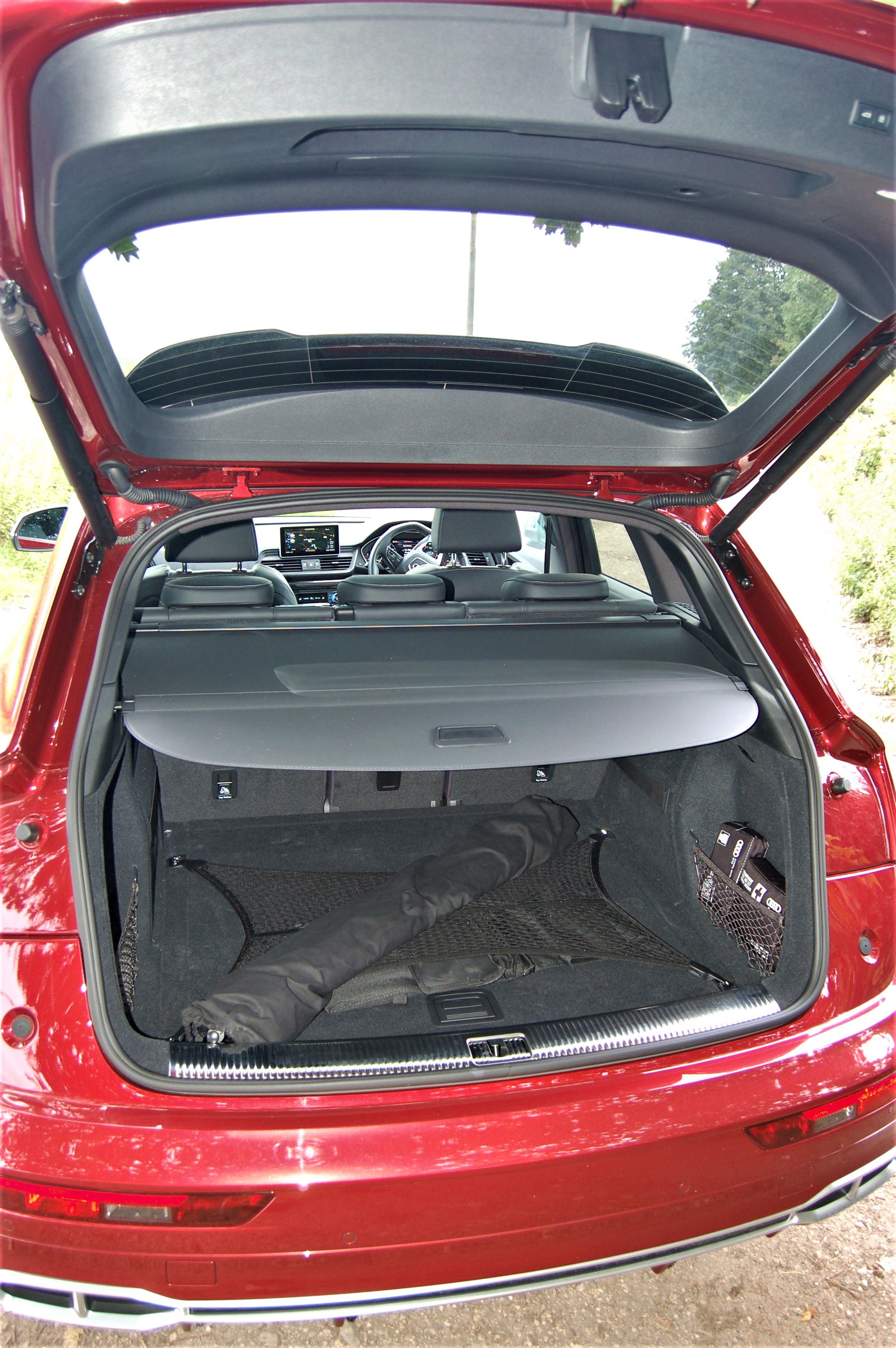
The exterior is as classy as any Audi, from its prominent ‘shield’ at the front, along its gracefully swollen flanks to its lightly-shouldered tail. However, it is the interior that delivers the gotta-have-it blow. Its diamond-patterned, fine Nappa hide-clad seats are works of cushioned art. There is plenty of space up-front but also room for two large adults on the rear seats and 550-litres of covered boot space (1,550 with the rear seats folded forwards), more than enough for the clubs and a game of four…significantly more for two.
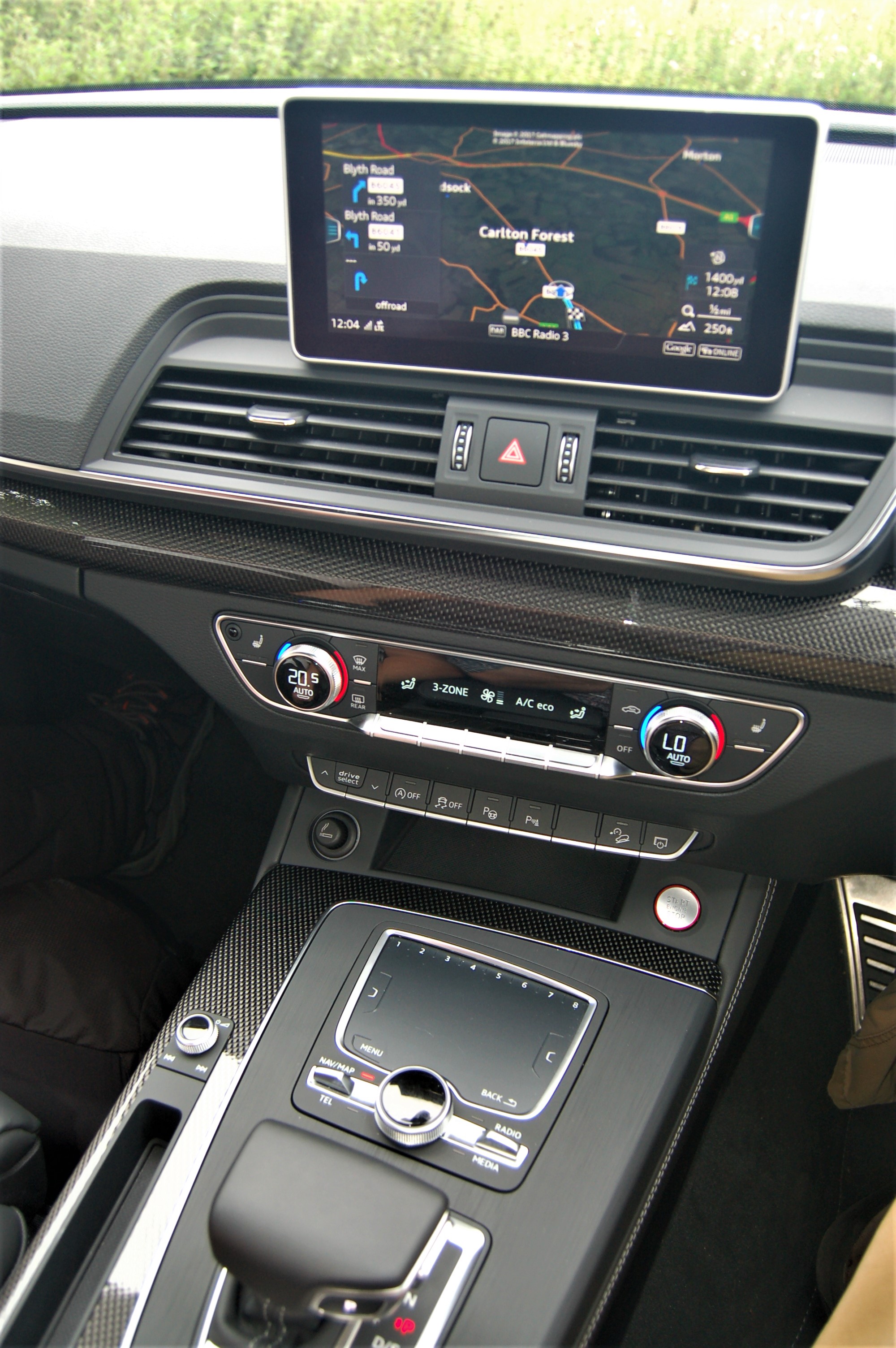
While the latest dashboard tech has been applied to the SQ5, just as it has for almost every other model in Audi’s extensive line-up, it is interesting to position the sat-nav map behind an electronically reduced speedo and rev-counter, but it can be configured in several ways. The main screen in the dash-centre can also be programmed via the haptic ‘touch-pad’ ahead of the gear selector, which learns a user’s finger pressure via hundreds of pre-programmed parameters. If conditions dictate that a more conventional twist-dial can provide more accurate operation, the MMI (Man-Machine-Interface) controller can be used instead. It is interesting to note that the dashboard screen does not react to fingertip touch.
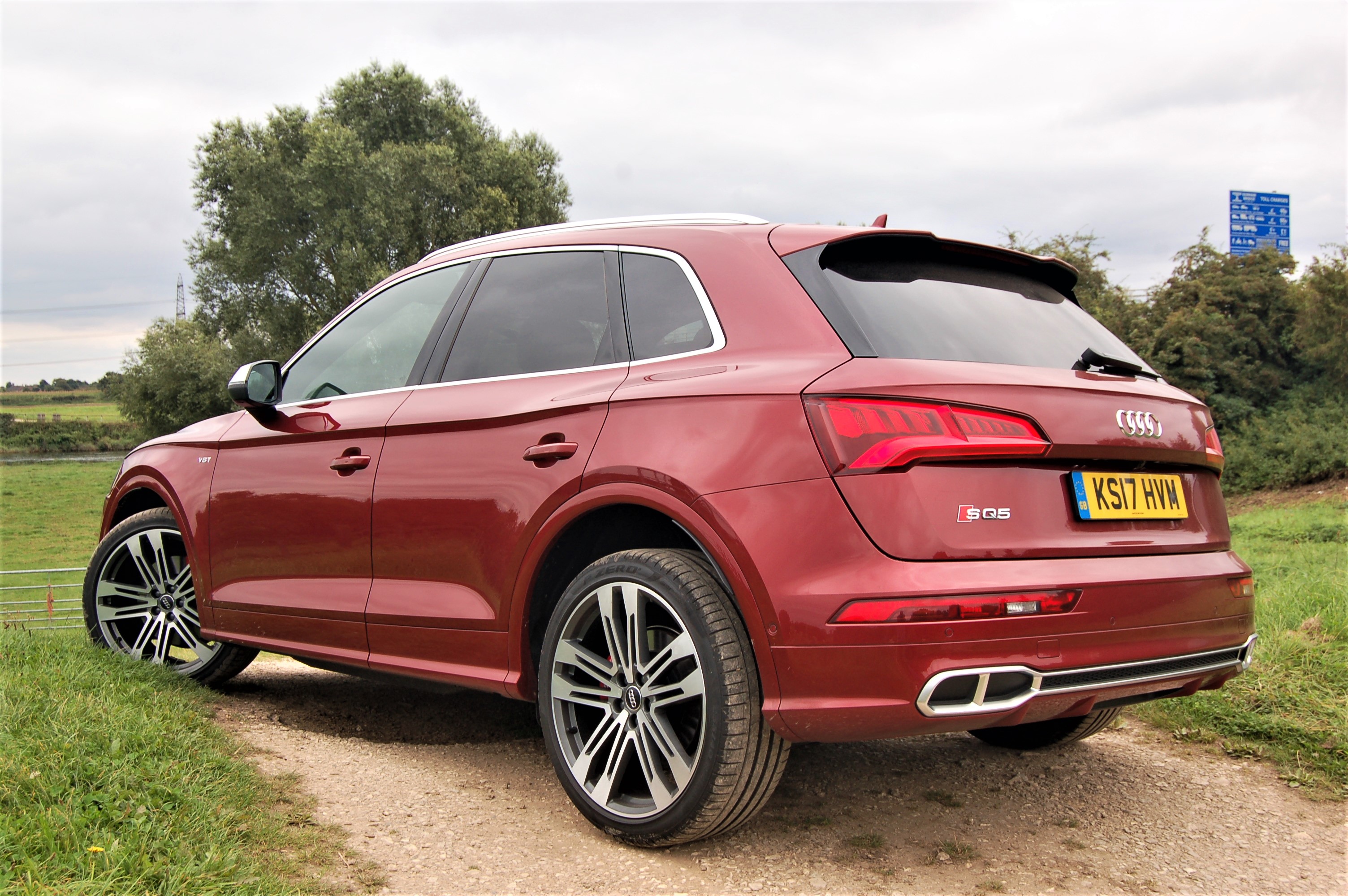
In quality terms, surrounded by fine leather, carbon composites and the highest grade, ‘soft-touch’ mouldings, Audi interiors are little less than total perfection. The SQ5 is singularly undemanding of its driver, or occupants, and you could scarcely wish for anything more, which I consider to be the highest compliment to be afforded to any carmaker. Living with this car is immensely pleasurable. It is handsome and spacious, while not mortgaging any of its dynamic agility or the benefit of its modest and easy-to-park dimensions. It is very quick and can make cross-country trips hugely engaging.